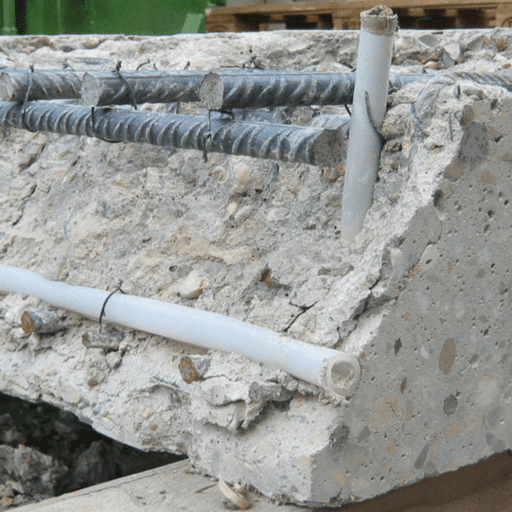Best Study Material for Civil Engineering (CE) Exam
Civil Engineering (CE) Exam > Civil Engineering (CE) Notes > RCC & Prestressed Concrete > Handwritten Notes: Analysis of Prestressed Concrete
Handwritten Notes: Analysis of Prestressed Concrete | RCC & Prestressed Concrete - Civil Engineering (CE) PDF Download
| Download, print and study this document offline |
|
13 videos|42 docs|34 tests
|
FAQs on Handwritten Notes: Analysis of Prestressed Concrete - RCC & Prestressed Concrete - Civil Engineering (CE)
| 1. What is prestressed concrete and how does it differ from traditional reinforced concrete? |  |
| 2. What are the advantages of using prestressed concrete in construction projects? |  |
Ans. Some advantages of using prestressed concrete include increased strength and durability, reduced cracking, improved deflection control, and the ability to span longer distances without the need for additional support columns.
| 3. How are prestressed concrete members constructed and what are the different methods used for prestressing? |  |
Ans. Prestressed concrete members are constructed by placing high-strength steel tendons inside molds before pouring the concrete. The tendons are then tensioned, and once the concrete has hardened, the tension is released, transferring compressive forces to the concrete. There are two main methods of prestressing: pre-tensioning, where the tendons are tensioned before the concrete is poured, and post-tensioning, where the tendons are tensioned after the concrete has hardened.
| 4. What are some common applications of prestressed concrete in civil engineering projects? |  |
Ans. Prestressed concrete is commonly used in a variety of civil engineering projects, including bridges, buildings, parking structures, and railroad ties. It is also used in the construction of water tanks, silos, and stadiums due to its high strength and durability.
| 5. What are the key design considerations when working with prestressed concrete? |  |
Ans. Some key design considerations when working with prestressed concrete include determining the appropriate amount of prestress, considering serviceability limits such as deflection and cracking, and ensuring proper detailing and construction techniques are used to maintain the integrity of the prestressed members.
Related Searches































